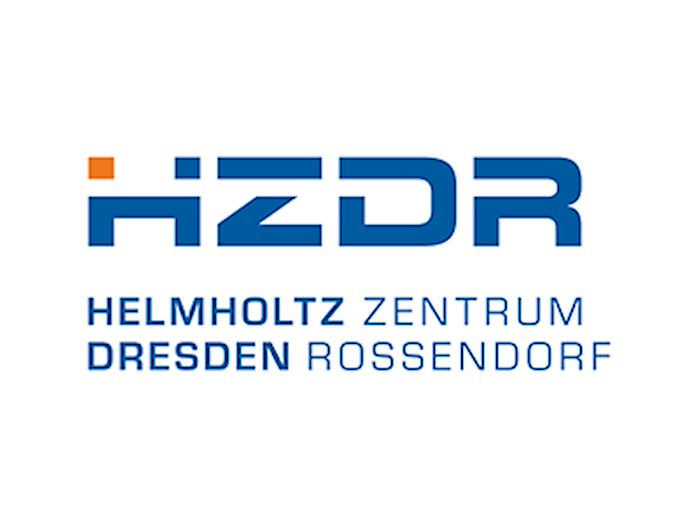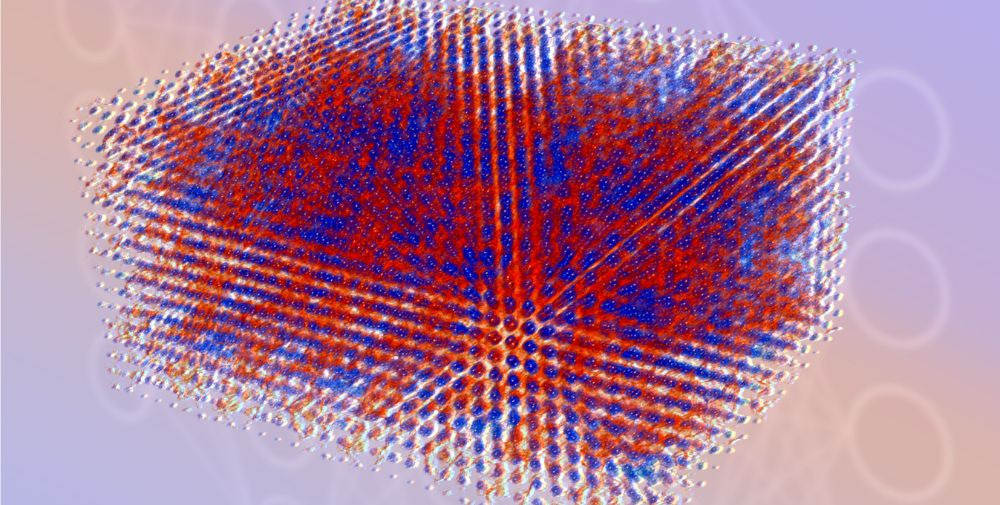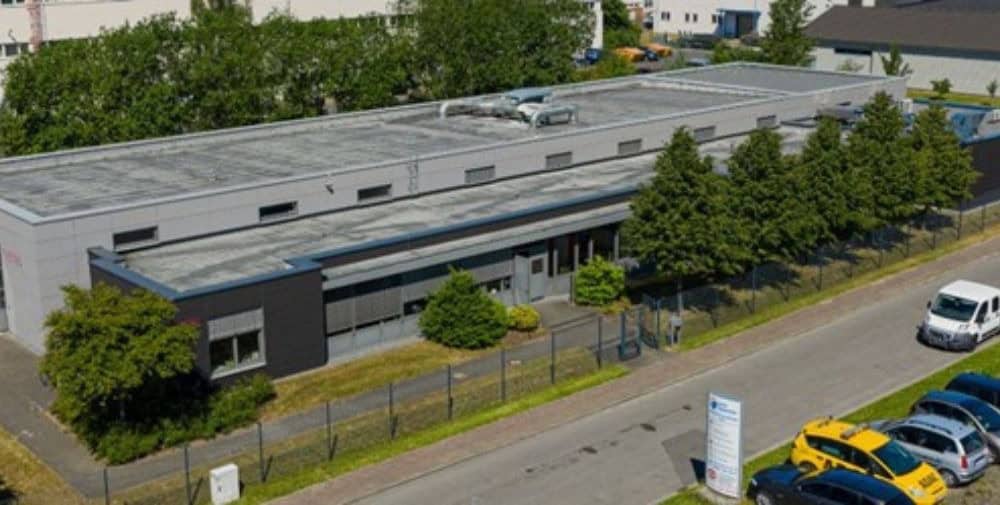
Electrons are elementary particles of fundamental importance. Their quantum mechanical interactions with each other and with atomic nuclei are responsible for a wide range of phenomena in chemistry and materials science. Understanding and controlling the electronic structure of matter shed light on the reactivity of molecules, the structure of planets and the transport of energy within them, and the mechanisms involved in material failure.
Scientific challenges are increasingly being addressed through computational modeling and simulations, where the power of high-performance computing comes into full play. However, for realistic simulations with quantum precision, a predictive simulation method that combines high accuracy with scalability over different length and time scales has been lacking. Classical atomistic simulation methods can handle large and complex systems. However, because they do not account for electronic quantum structure, their applicability is limited. Conversely, simulation methods that rely solely on analytical formulas (ab initio methods), as opposed to empirical modeling, offer high accuracy. However, they are computationally intensive. For example, density functional theory (DFT), a widely used ab initio method, scales cubically with system size. This limits this method to small scales.
Hybrid approach based on Deep Learning
The team has now presented a novel simulation method: the “Materials Learning Algorithms (MALA) software stack.” In computer science, a “software stack” is a collection of algorithms and software components that are combined to create a software application to solve a particular problem. Lenz Fiedler, PhD student and lead developer of MALA at CASUS, explains, “MALA integrates machine learning with approaches from physics to predict the electronic structure of materials. It uses a hybrid approach that employs an established machine learning method called deep learning to accurately predict local quantities. The predictions are then used by physical algorithms to calculate relevant properties.”
The MALA software package takes the arrangement of atoms in space as input and generates fingerprints, called bispectrum components, that encode the spatial arrangement of those atoms around a point in space. The machine learning model in MALA is trained to predict the electronic structure based on the neighborhood of the atoms. A key advantage of MALA is the ability of its machine learning model to be independent of system size. It can therefore be trained on data from small systems and then used at any scale.
In their paper, the scientists demonstrate the remarkable efficiency of this strategy. Compared to conventional algorithms, they achieved a more than 1,000-fold speedup on smaller systems of up to a few thousand atoms. Moreover, they demonstrated that MALA is capable of performing large-scale electronic structure calculations involving more than 100,000 atoms. The latter was achieved with a manageable computational cost, highlighting the limitations of conventional DFT codes.
Attila Cangi, acting head of CASUS’ Matter under Extreme Conditions Division, explains, “As system size increases and more atoms are involved, DFT calculations become impractical, while the speed advantage of MALA becomes greater.” The key breakthrough in MALA is the ability to work with local atomic environments. This enables accurate numerical predictions that are minimally affected by system size. This groundbreaking achievement opens up computational possibilities that were previously considered unattainable.”
Impetus for applied research expected
Cangi’s goal is to push the boundaries of electronic structure computation through the use of machine learning. “We now have a method that allows us to simulate much larger systems at an unprecedented speed. I expect MALA to usher in a game changer in how electronic structures are computed. In the future, researchers will be able to address a wide range of societal challenges based on a much improved baseline: from developing new vaccines and novel materials for energy storage, to large-scale simulations of semiconductor devices and the study of material defects, to exploring chemical reactions to convert climate-damaging carbon dioxide into climate-friendly minerals.”
Furthermore, the MALA approach is particularly suited for high-performance computing (HPC). As the system size increases, MALA enables independent processing on the computational grid it uses, effectively utilizing HPC resources (especially GPUs). Siva Rajamanickam, research associate and parallel computing expert at Sandia National Laboratories, explains, “The MALA algorithm for electronic structure computation applies well to modern HPC systems with distributed accelerators. The ability to decompose computational processes and execute them in parallel on different grid points across different accelerators makes MALA an ideal solution for scalable machine learning on HPC resources. In doing so, it achieves unprecedented speed and efficiency in computing electronic structures.”
In addition to development partners HZDR and Sandia National Laboratories, MALA is already being used by institutions and companies such as the Georgia Institute of Technology, North Carolina A&T State University, Sambanova Systems Inc. and Nvidia Corp.
Publication
L. Fiedler, N. A. Modine, S. Schmerler, D. J. Vogel, G. A. Popoola, A. P. Thompson, S. Rajamanickam, A. Cangi, Predicting electronic structures at any length scale with machine learning, npj Computational Materials, 2023 (DOI: 10.1038/s41524-023-01070-z)
Contact
Dr. Attila Cangi | CASUS Department Head (acting)
Center for Advanced Systems Understanding (CASUS) at HZDR
Email: a.cangi@hzdr.de
About the Center for Advanced Systems Understanding (CASUS)
The Center for Advanced Systems Understanding (CASUS) was founded in 2019 in Görlitz, Germany, and conducts digital interdisciplinary systems research in diverse areas such as earth systems research, systems biology, and materials research. Innovative research methods from mathematics, theoretical systems research, simulation, data science and computer science are used with the aim of mapping complex systems of unprecedented fidelity to reality and thus contributing to the solution of pressing societal issues. Founding partners are the Helmholtz Centre Dresden-Rossendorf (HZDR), the Helmholtz Centre for Environmental Research in Leipzig (UFZ), the Max Planck Institute for Molecular Cell Biology and Genetics in Dresden (MPI-CBG), the Technical University of Dresden (TUD) and the University of Wroclaw (UWr). The center is funded by the German Federal Ministry of Education and Research (BMBF) and the Saxon State Ministry of Science, Culture and Tourism (SMWK) and is managed as an institute of the HZDR.
About the Helmholtz-Zentrum Dresden-Rossendorf (HZDR)
The Helmholtz-Zentrum Dresden-Rossendorf (HZDR) conducts research in the fields of energy, health and matter. The following questions are in focus here:
How to use energy and resources efficiently, safely and sustainably?
How to better visualize, characterize and effectively treat cancer?
How do matter and materials behave under the influence of high fields and in the smallest dimensions?
The HZDR develops and operates large infrastructures that are also used by external measurement guests: Ion Beam Center, High Field Magnetic Laboratory Dresden and ELBE Center for High Power Radiation Sources.
It is a member of the Helmholtz Association, has six sites (Dresden, Freiberg, Görlitz, Grenoble, Leipzig, Schenefeld near Hamburg) and employs nearly 1,500 staff* – of which about 670 are scientists including 220 PhD students.
About Sandia National Laboratories
The Sandia National Laboratories is a multi-mission laboratory managed and operated by National Technology & Engineering Solutions of Sandia, LLC, a wholly owned subsidiary of Honeywell International Inc. on behalf of the U.S. Department of Energy’s National Nuclear Security Administration under contract DE-NA0003525K.
– – – –
Further links
👉 www.hzdr.de
👉 www.casus.science
👉 www.sandia.gov
Photo: HZDR / CASUS




